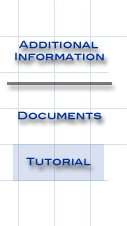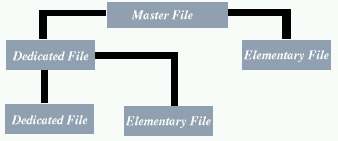 |
|||
 |
|||
 |
|||
 |
Smart cards contain a central file system which follows the ISO/IEC 7816-4 standards. The file system is arranged hierarchical like many modern day operating systems. Files are named by a 2-byte file identifier. Smart Cards contain 3 major file types: * Master File (MF) * Dedicated File (DF) * Elementary File (EF) A root or Master File (MF) is the peak of the hierarchy. It is identified by 3F 00 as it's 2-byte identifier. It contains information and locations of files contained within it. Dedicated Files (DF) contain the actual data files. Dedicated files are like directories on smart cards. They subdivide the cards to hold files called Elementary Files (EF). The elementary file is where the actual data is stored. It can be of four different types. Each type is unique in how the data is stored and it's actual purpose. Transparent files are commonly just fixed byte files used for storing information. Linear Record Files contain subdivisions called records which hold a certain amount of bytes each. Cyclic Files are Smart Card specific. They contain a cycle of information where records are written and read in a ring like manner. |
||